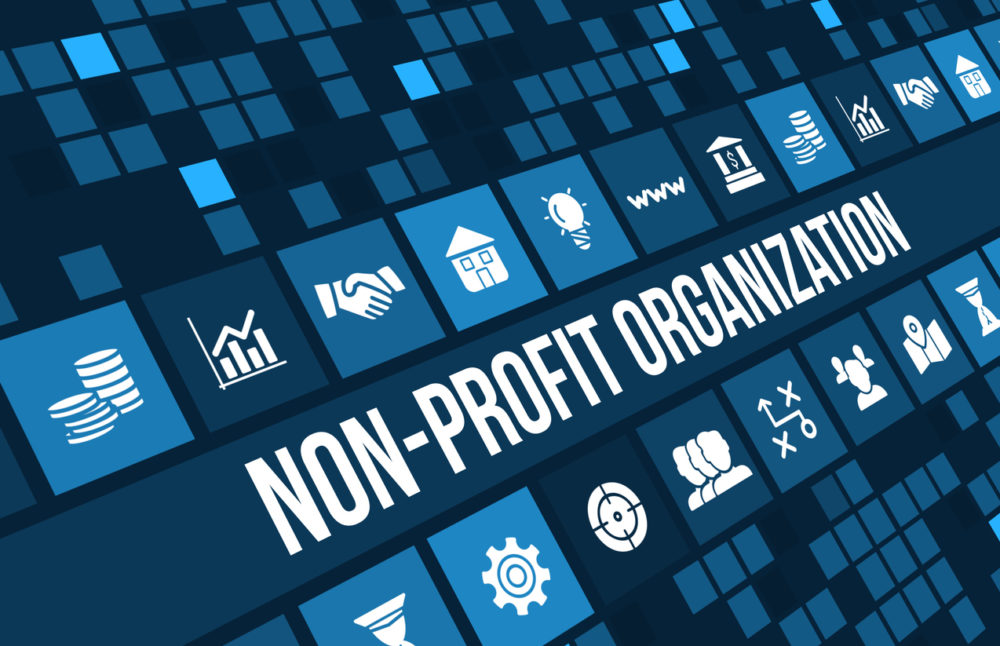[ad_1]
Whether they’re well-known organizations such as the NAACP, National Urban League, National Action Network, and the United Negro College Fund, nonprofits, large or small, are responsible for promoting causes and missions that deliver tremendous impact to our world.
Black Enterprise recently exchanged with attorney Yaida Ford of Ford Law Pros to share some insights on how nonprofits can stay protected and preserved throughout the organization. According to Ford, “nonprofits are extremely cost-sensitive at times but there is a risk to cutting costs on items that will cost the organization in the long run.”

Yaida Ford (Photo Courtesy of Joseph Gray, III, of JEG3 Photography)
Case in point, Ford recently represented a nonprofit in litigation over a commercial lease that it signed with a landlord. Before officially opening for business, the organization needed a use and occupancy permit from the County. When applying for the permit, the organization’s representative learned from the county’s real estate property clerk that the address contained in the lease was not a legitimate address. The clerk requested that the organization provide blueprints for the property; however, the landlord refused to turn over the blueprints forcing the organization to vacate less than 6 months after moving in. The organization retained Ford Law Pros after the landlord sued the organization for the full amount of rent due under the one-year lease agreement. She was successful in getting the landlord’s lawsuit dismissed but then the landlord sued again over another issue! “The organization could have avoided the cost of moving in, building out the space, moving out again, losing its operational capacity for 6 months if it had sought an experienced commercial realtor or legal counsel during the lease negotiations. Litigation is a strongarm tactic that wealthier corporations will use to intimidate nonprofits. The process ends up costing both sides time and money.
Ford shares fives ways to keep nonprofits protected, preserved, and positioned to grow and thrive:
Insuring
There are two letters that should be at the top of every organization’s vocabulary: ‘D’ and ‘O.’ In the legal world, these letters signify Directors and Officers Liability Insurance. In the era of #MeToo and everything in between, nonprofits should obtain insurance coverage that will protect the organization and its board members’ personal assets in the event that the organization is sued for the errors and omissions of an employee, volunteer, or one of its own executive officers. In the last 10 years, 63% of nonprofits filed a claim under their D&O policy as compared to 27% of for-profit companies. This suggests nonprofits are at a much higher risk of being sued than for-profit companies. Far too many nonprofits do not utilize D&O coverage and they are basically left vulnerable to any potential lawsuit no matter how frivolous.
Reporting
Create a well-prepared annual report and you will expand your donor base and annual gifts. An excellent annual report will focus on two primary areas: fundraising accomplishments and development. Development should include media relationships, partnerships with other organizations, outcomes for the targeted population that the nonprofit serves, testimonials from staff and members of the target population, data and research on areas of need within the target population and how your initiatives are meeting those needs. Lastly, the report should mention something about the organization’s internal sustainability (human resources, finance, and other administrative functions) to show how well it is supported or how there is a need for more support. Once an organization has a solid annual report that is distributed widely, it will see a boost in its receipts from donors. But make sure that all of the data that is in the report is accurate and honest. If any data is manipulated, this will ruin the organization’s standing in the community.
Planning
Succession planning is critical for the longevity of nonprofits. Keeping fresh blood on the board will ensure that the organization is not resistant to change when change is needed as well as prevent leadership vacuums, which make it hard for organizations to make effective decisions during times of crisis. Therefore, scout for future leadership on the board of directors early and often. This is referred to as “change management.” An organization will need new leadership with new ideas to keep pace with the changes in culture and technology. What worked for the organization in 2018 will not work in 2020. Boards also need to look for their next executive director while the current one is in place and begin grooming other board members or look outside of the organization for someone to take the helm so that the organization can maintain a healthy trajectory for years to come.
Investing
Invest enough of your resources in staff development to protect your organization against frequent turnover. The staff who are working directly with the target population are handling the service delivery component of what the organization does. If they are not well-trained and/or lack the resources that they need to adequately perform their jobs, this will harm the organization’s reputation and its ability to raise money. I recommend sending staff to conferences out of state or even in other countries so they can bring back fresh ideas on service delivery. Investing in staff also sends a strong message to them that you care about their personal growth and it will make them more invested in the organization.
Replenishing
Leadership retreats are critical and will avoid burn out of your executive leadership team. Most nonprofits “plow through” the year to meet the needs of their target population. The leadership and staff of a nonprofit do not talk to one another during the year outside of normal meetings. Staff and board members should get together (out of the office) at a retreat setting so staff can be heard. After all, they are the ones who do the work. This will get the board’s attention and will motivate them to find ways to increase funding and other forms of giving.
[ad_2]
Source link

